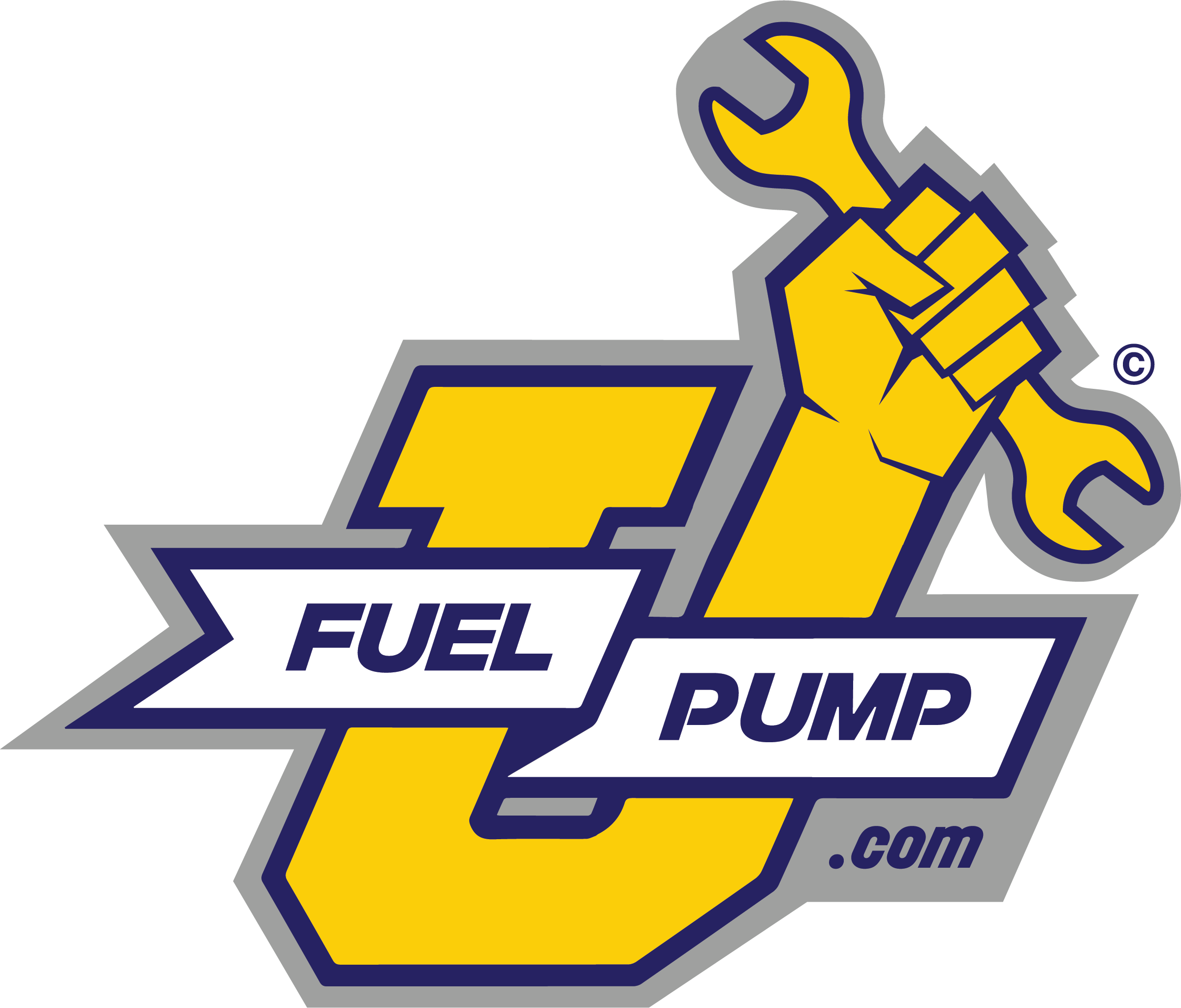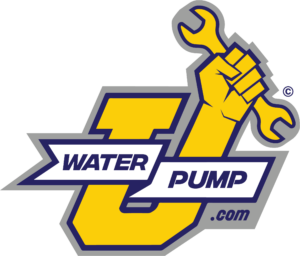The design of the cars and many of its parts have evolved a lot over the last few decades. One of the key components of the vehicle is the fuel pump. The fuel tank in a car or truck is typically located at the other end of the car away from the engine. It is the responsibility of the fuel pump to draw the gas from the fuel tank to the engine. While there are several types of fuel systems, the basic mechanism of all these systems is pretty similar. Let’s see how these fuel systems work:
How gas travels from tank to engine?
- The gas tank has a small inlet and is sealed with a cap when not in use. You can fill the tank through this inlet hole from outside. Majority of the gas is stored in the tank which then reaches the engine following a few steps.
- A fuel pump draws the gas out of the tank. Some high performance and endurance racing cars have multiple fuel pumps, but the underlying system remains the same. The benefit of installing multiple pumps is that they support the car in situations that require high horsepower. Secondly, with multiple pumps even if one of them fails, the other pump will deliver fuel to the engine.
- The pump then pushes the gasoline into the fuel lines. The fuel lines that run from the tank to the engine are made of hard metals. These lines are located in such a way that they do not become too hot from exposure or exhaust.
- Before the gas enters the engine it has to pass through the fuel filters. The job of the filter is to remove all the impurities and debris from the gasoline before it gets into the engine. This is a crucial step and a clean fuel filter is the key to long-lasting and running engine.
- Finally, the gas reaches the engine.
How fuel injection came into use?
A modern electrical fuel pump uses a DC motor which helps to draw the fuel from the gas tank. From there, the fuel travels through the fuel line to reach the fuel rail from where it can be injected into a cylinder. Previously the carburetors were responsible for taking gasoline and mixing it with the appropriate amount of air for ignition in the combustion chamber. The carburetors then rely on vacuum created by the engine to draw in (venturi effect) the necessary amount of air. This simple mechanism works well but suffers when the demand of the engine differs.
To solve this problem, fuel injection was created. Instead of letting the engine draw gas by a venturi effect, electronic fuel injection uses a fuel pressure regulator. It maintains a constant fuel pressure which supplies fuel to the injectors and they spray a mist of gas to the combustion chambers. The air and fuel mix when entering the combustion chamber. Fuel injection can be both mechanical and electrical. The electronic fuel injections are now mostly used in cars.
The entire fuel system is the backbone of a car and therefore its maintenance is very important. If you have knowledge of the basic mechanism of the fuel systems, keeping it well maintained will be a lot easier.


